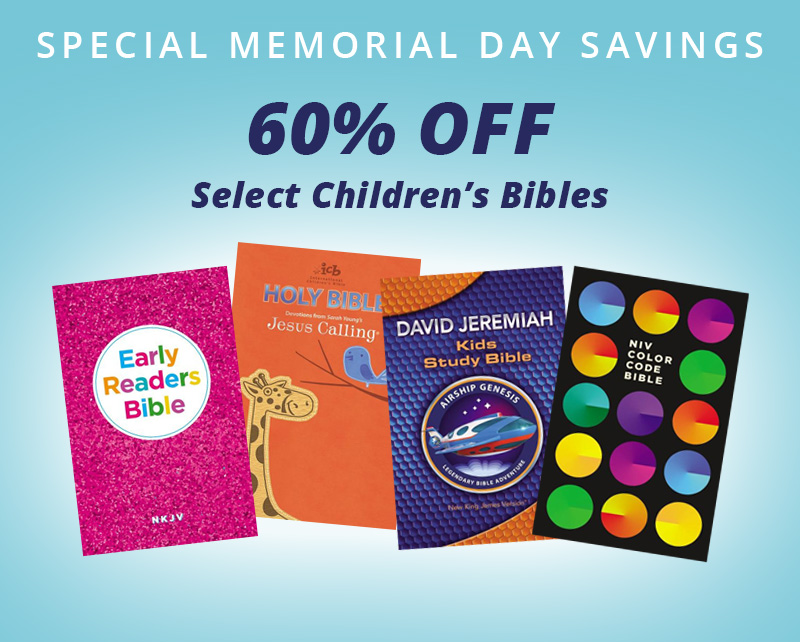I’ll never forget it. I was in first grade and reading! The excitement welled up in my chest when I walked past the kindergarten room and into my new Sunday school classroom. However, the class held some surprises that day. The first one came when I discovered the first-grade class sang songs from the children’s hymnal. No problem, I could locate page numbers just fine.
However, after singing one line of the hymn, I kept getting lost on the words. Why weren’t we singing the words on the next line below the first? And not only did we read our Bible lesson together, we opened our Bibles to the passage and read them aloud. Secretly, I didn’t understand much of it. What could “thou art” possibly mean? How could you “begat” something? This new experience was not at all what I was anticipating!
Back then, there weren’t children’s translations of the Bible– certainly nothing like the resources available for our children today! And that’s a great thing for parents of the current generation! Children’s translations make the Bible come alive for younger readers – making God’s Word accessible and, most importantly, readable for their grade level. The last thing you want is a frustrating and overwhelming first experience with Bible reading for a new reader!
But how does one choose the right Bible translation for a child?
Here are 3 simple tips to help choose the right kind of Bible for your child.
Ask for assistance.
Who can you ask for some direction? Great resources are the children’s pastor at your church, Sunday School teacher, small group leader, church librarian, or another parent you admire who has walked this path. Many bookstore clerks will gladly help you determine the reading level of children’s Bibles. Talking with your child’s school teacher to understand the details of their reading test results is a great starting point to knowing how well they will understand what they are reading.
Choose what your child can understand.
The best way to know what your child can understand is to identify their individual reading ability firsthand. Spend an hour with your child at your local Christian bookstore. Have your child choose a couple Bibles they like, and you choose a few. Take the time to sit down and ask your child to read a few passages to determine their comfort level with the word flow. The best-read Bible will be one that is loved and enjoyed.
Familiarize yourself with translation expected reading ability levels and consider the extra helps included in the children’s Bible you are considering for purchase.
Enjoy the chart below as a baseline guide for reading comprehension levels of the following versions:
New International Reader’s Version Grade 3+ reading level
International Children’s Bible Grade 3+ reading level
New International Version Grade 7-8 reading level
King James Version Grade 12 reading level
Keep in mind that not everyone agrees about the grade level of every translation or the formulas used to calculate them. These grade levels above are offered as general guidelines, and wherever possible, are taken from information provided by the publishers of the various translations, or the generally accepted grade level or range of grade levels.
Choosing a Bible translation for your child doesn’t need to be a dilemma; it can be a wonderful experience with just a little advanced planning and preparation. I hope these tips resonate with your heart’s desire to discover the perfect Bible that your child can read and understand. Mostly, I hope you remember that God’s Word is powerful, living and active. The Holy Spirit will reward your child with understanding as he or she reads, and you can be confident in His work!
Happy Bible reading!
Your Turn
What was your Bible reading experience like as a child? What Bibles and translations have been the best for helping your children read and understand Scripture. We’d love to hear your thoughts in the comments!



